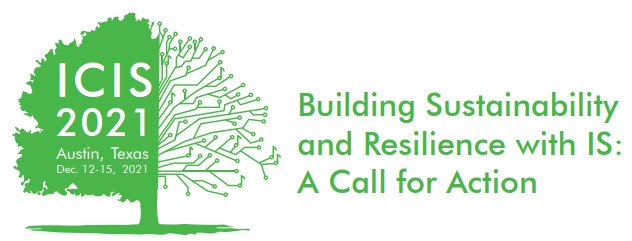Data Analytics for Business and Societal Challenges
Loading...
Paper Number
1877
Paper Type
short
Description
Forecasting retail sales accurately is important for supporting strategic, tactic, and operational decisions. Interdependencies among groups of time series are ubiquitous in real scenarios. However, previous research either completely ignores or fails to exploit these cross-series dependencies effectively and efficiently. This study follows the design science paradigm, and develops an innovative deep learning framework for long-term sales forecasting of retail drugstores. A novel graph neural network module is designed and developed for relational time series forecasting to capture cross-series (i.e., global) patterns. Moreover, we design a multi-source fusion module to fuse global patterns, specific temporal patterns of each time series, and context features. Experimental results demonstrate the effectiveness of our approach for both next-step and multi-step forecasting, and verify the utility of several crucial components in the framework. The proposed approach has important practical implications and research contributions.
Recommended Citation
Liu, Jing; Wang, Gang; and Huang, Lihua, "Relational Time Series Forecasting for Retail Drugstores: A Graph Neural Network Approach" (2021). ICIS 2021 Proceedings. 10.
https://aisel.aisnet.org/icis2021/data_analytics/data_analytics/10
Relational Time Series Forecasting for Retail Drugstores: A Graph Neural Network Approach
Forecasting retail sales accurately is important for supporting strategic, tactic, and operational decisions. Interdependencies among groups of time series are ubiquitous in real scenarios. However, previous research either completely ignores or fails to exploit these cross-series dependencies effectively and efficiently. This study follows the design science paradigm, and develops an innovative deep learning framework for long-term sales forecasting of retail drugstores. A novel graph neural network module is designed and developed for relational time series forecasting to capture cross-series (i.e., global) patterns. Moreover, we design a multi-source fusion module to fuse global patterns, specific temporal patterns of each time series, and context features. Experimental results demonstrate the effectiveness of our approach for both next-step and multi-step forecasting, and verify the utility of several crucial components in the framework. The proposed approach has important practical implications and research contributions.
When commenting on articles, please be friendly, welcoming, respectful and abide by the AIS eLibrary Discussion Thread Code of Conduct posted here.



Comments
14-Data